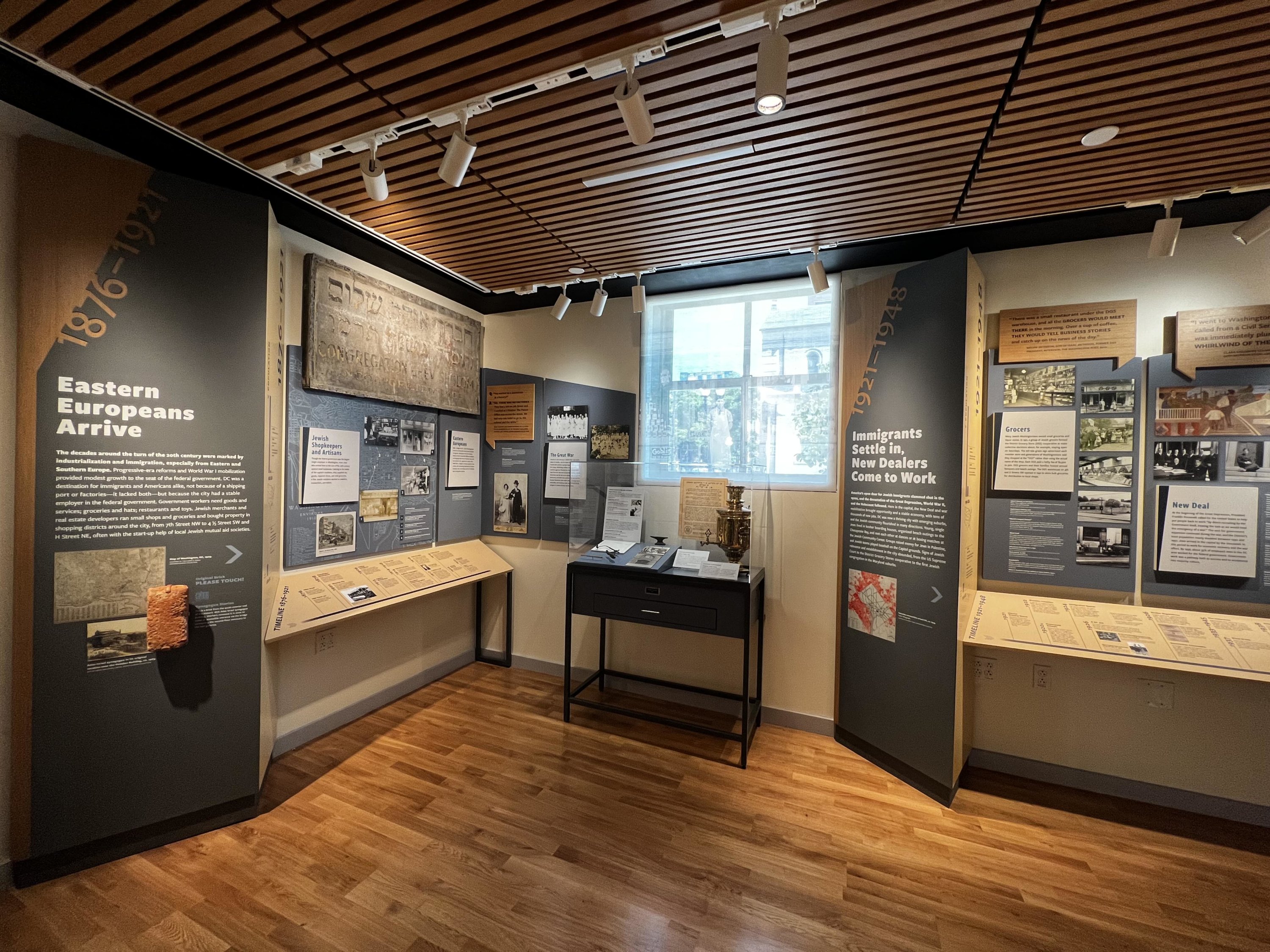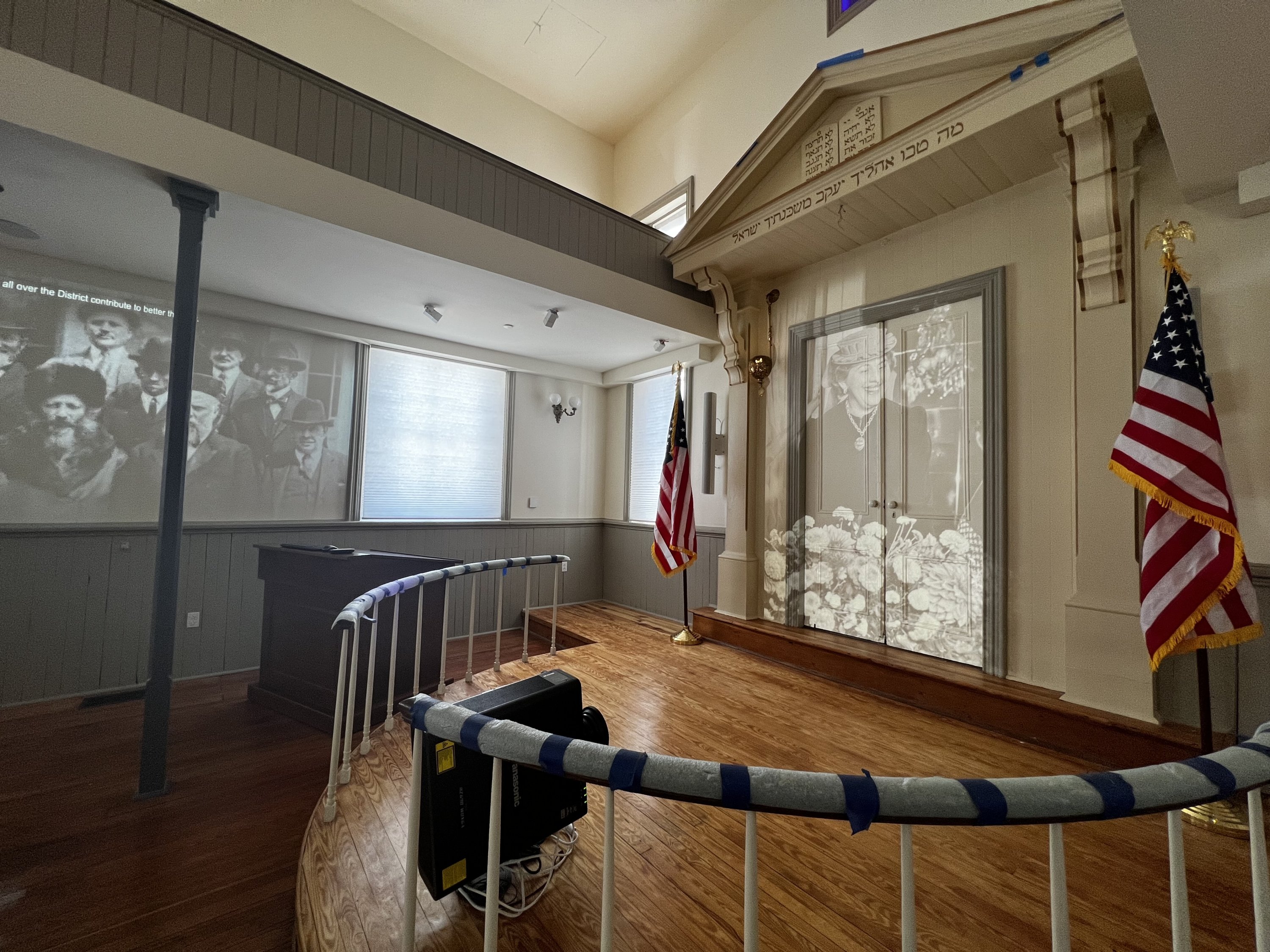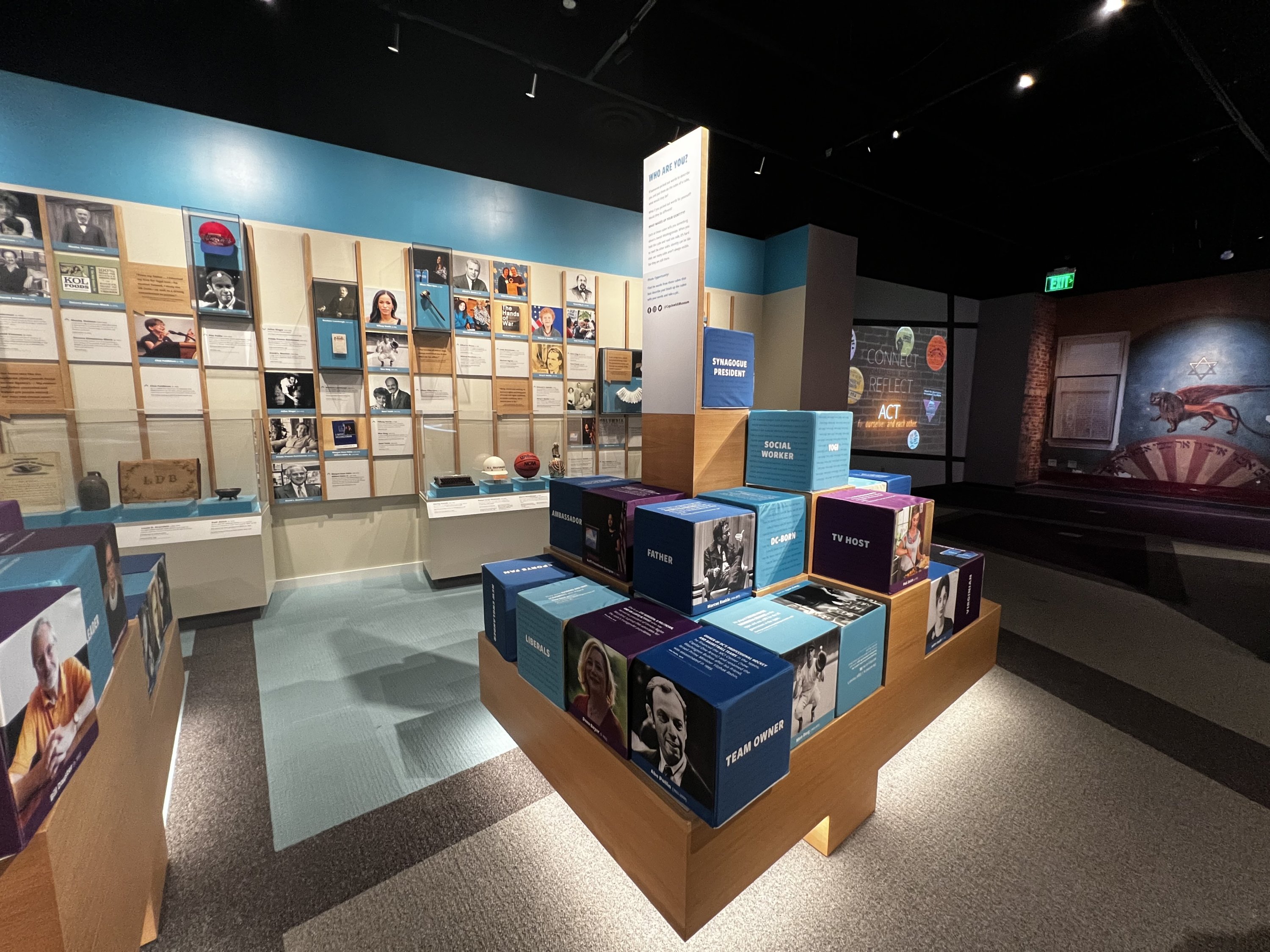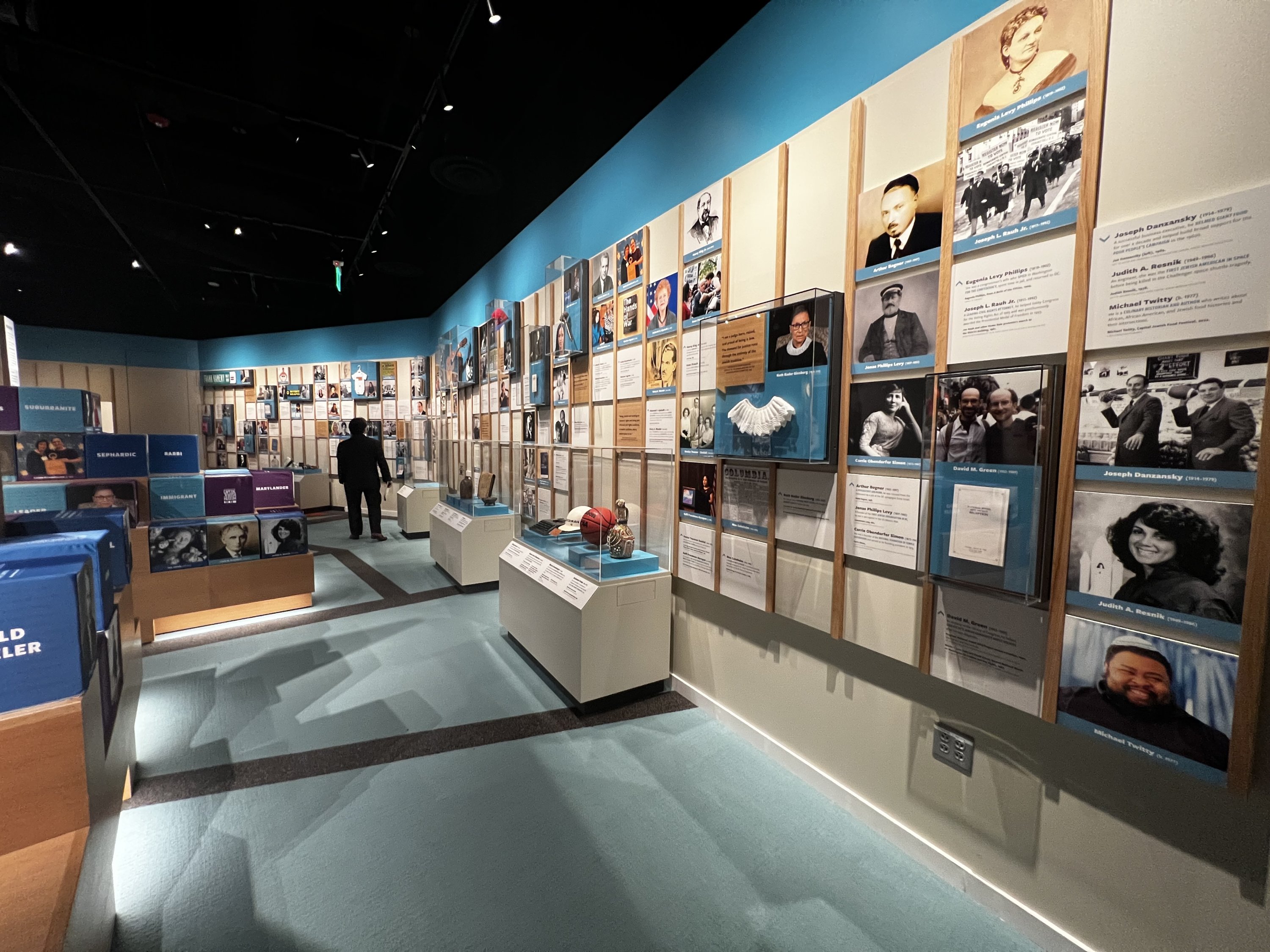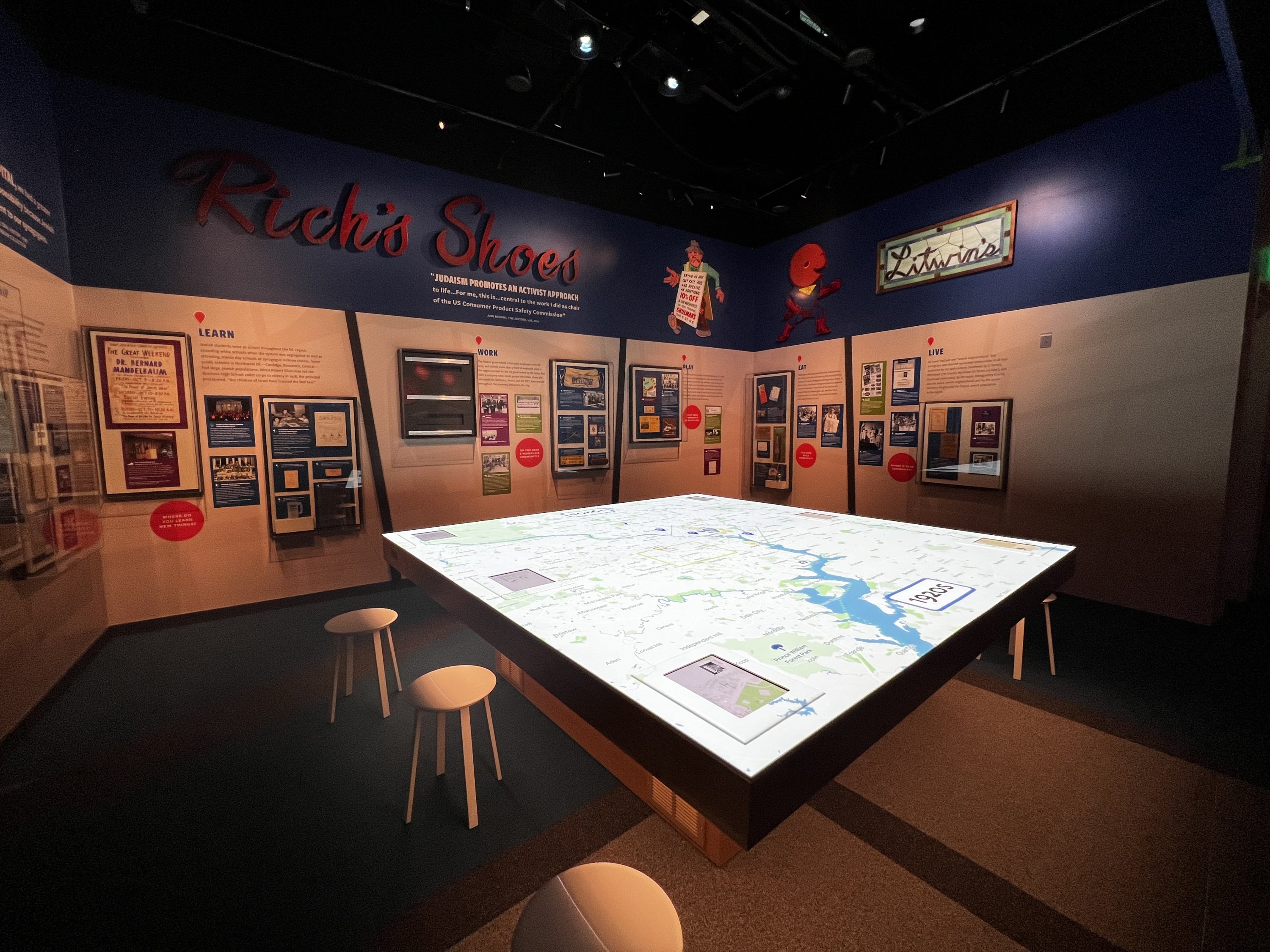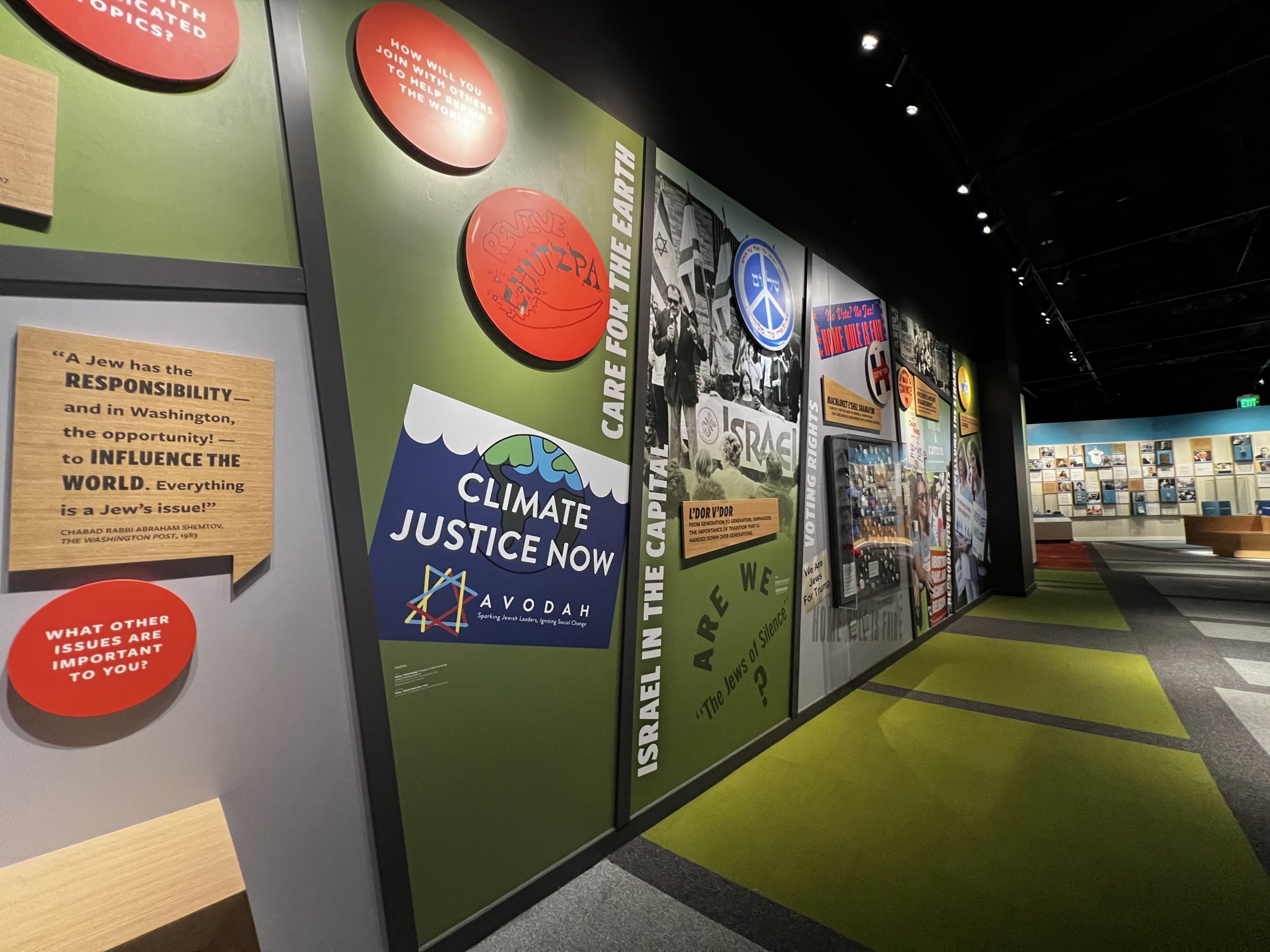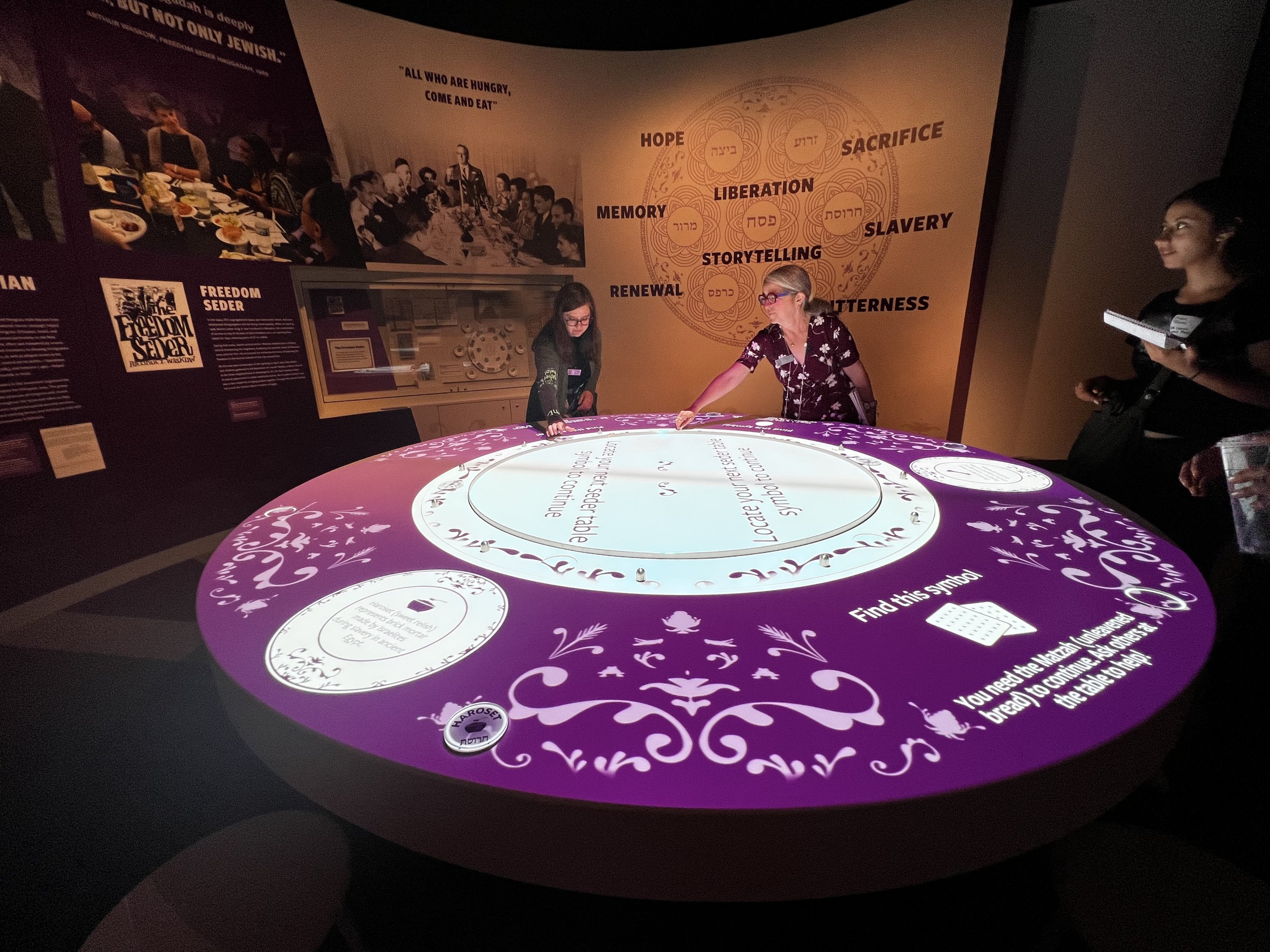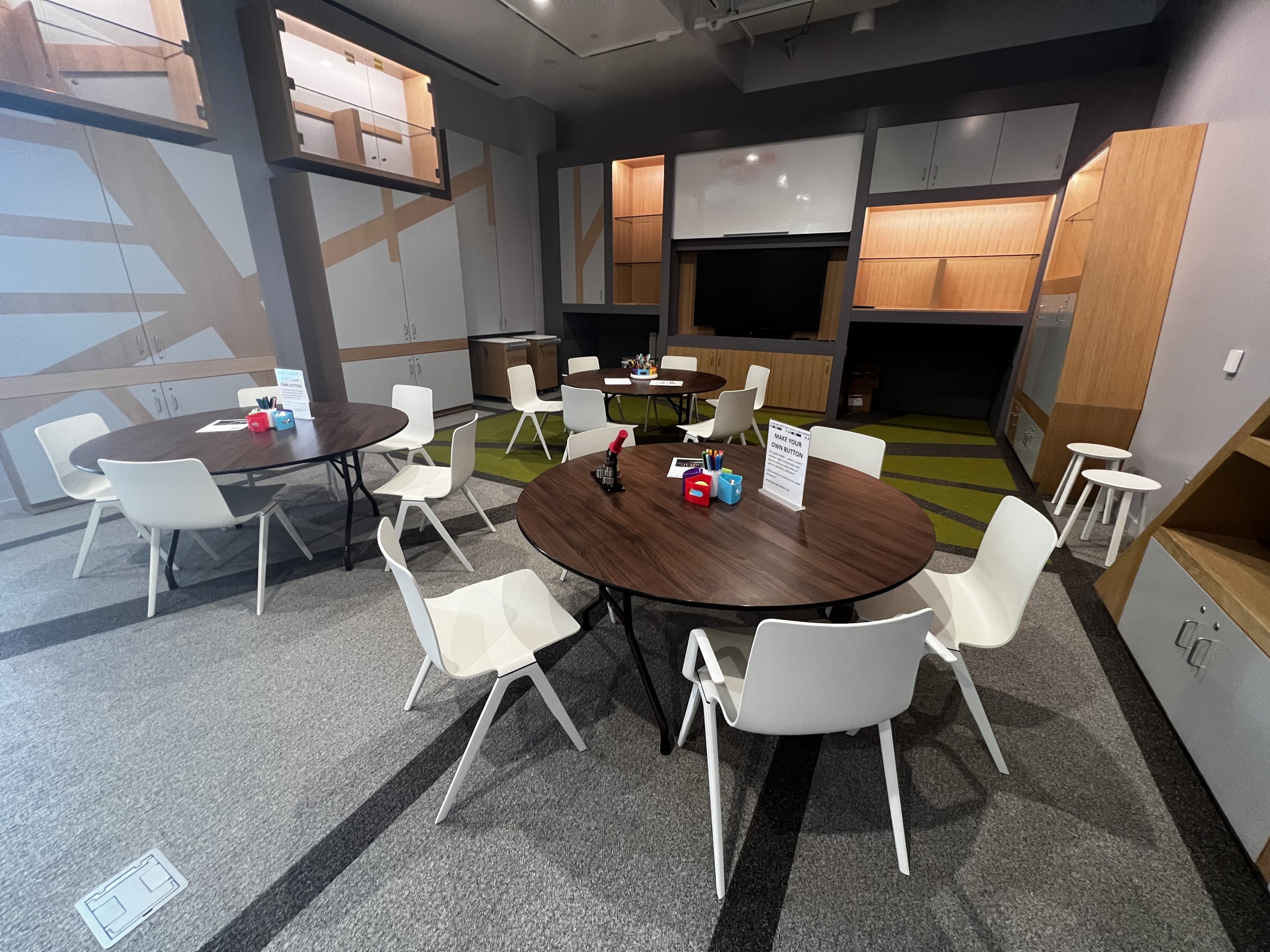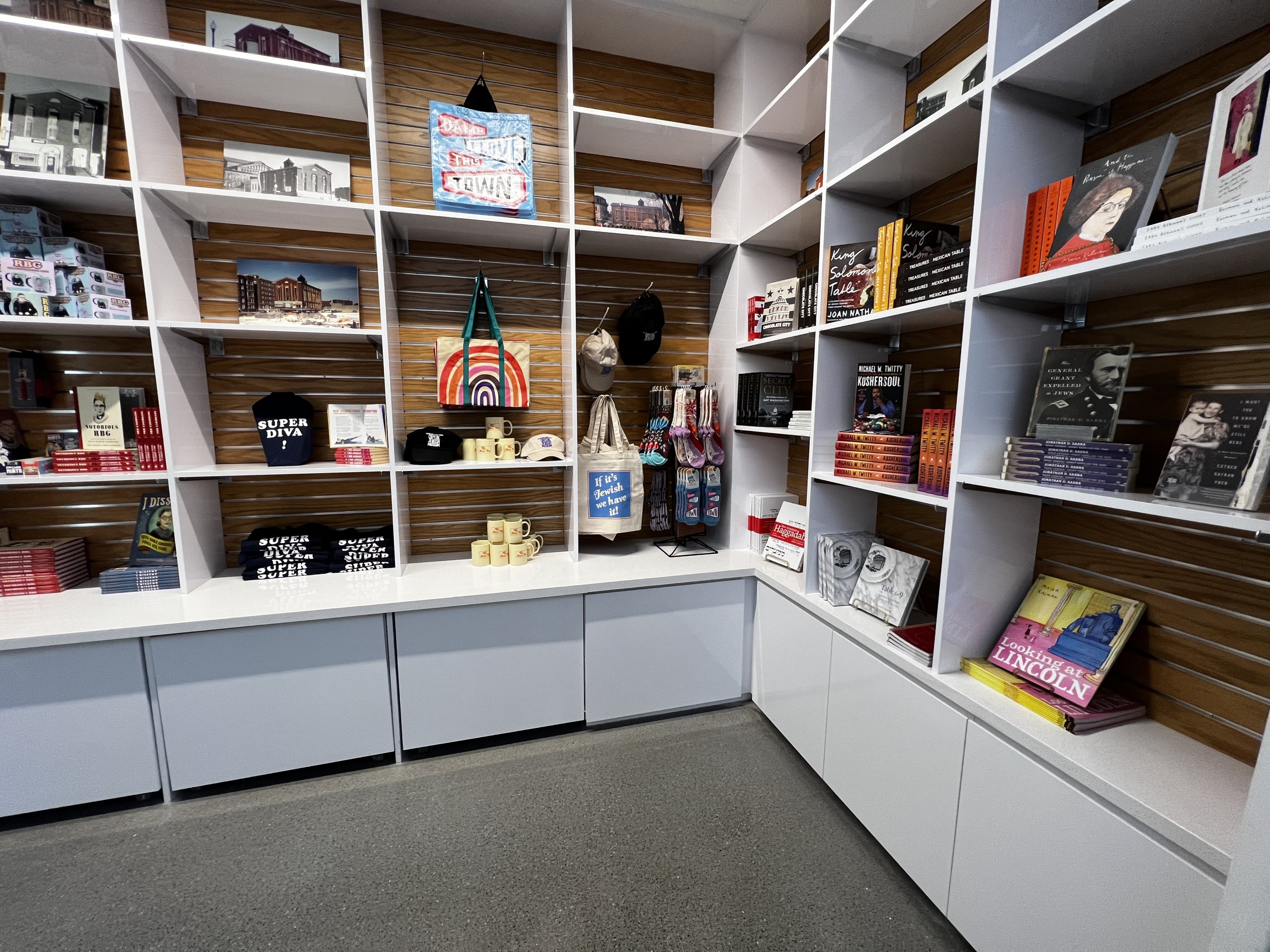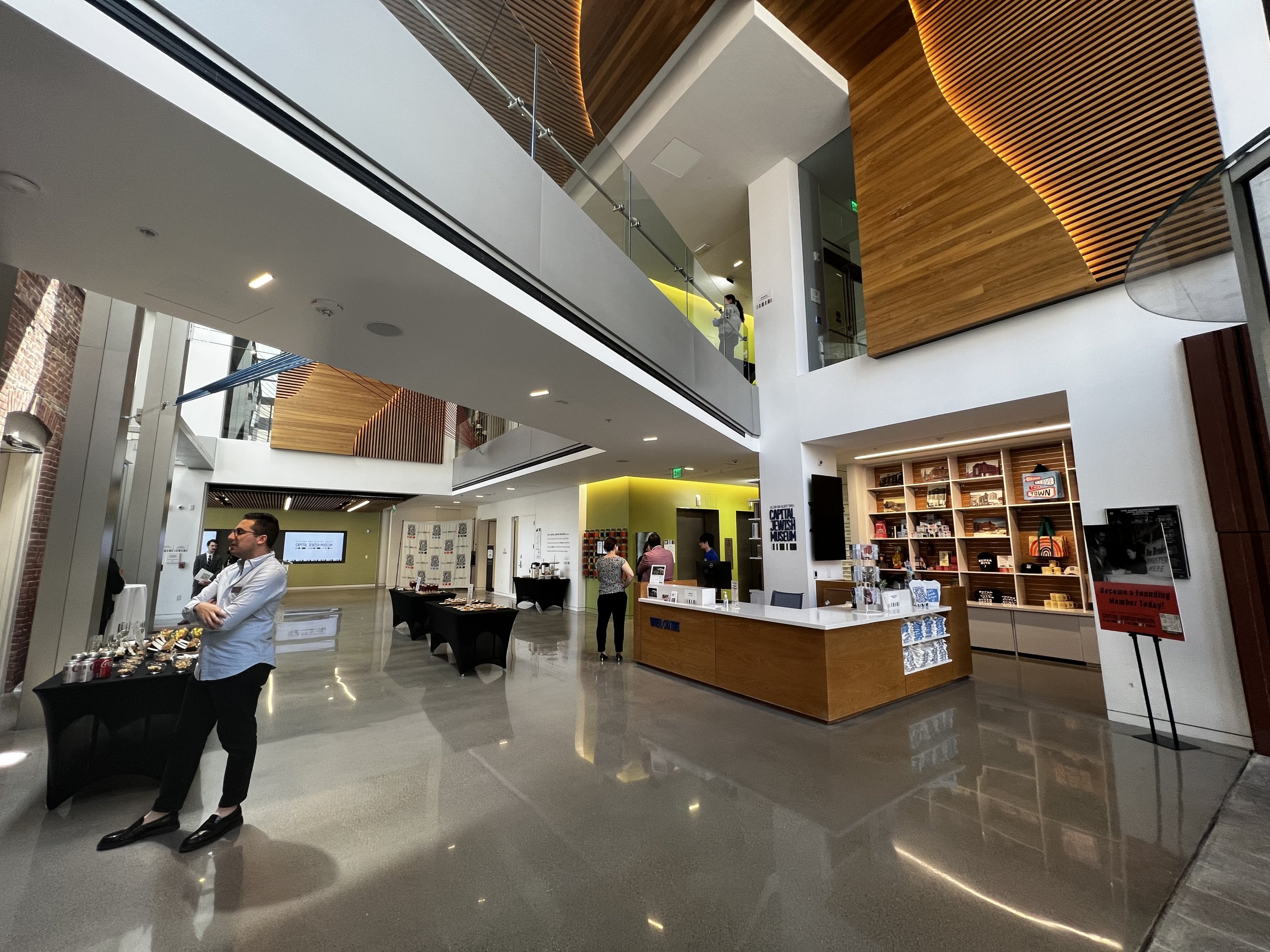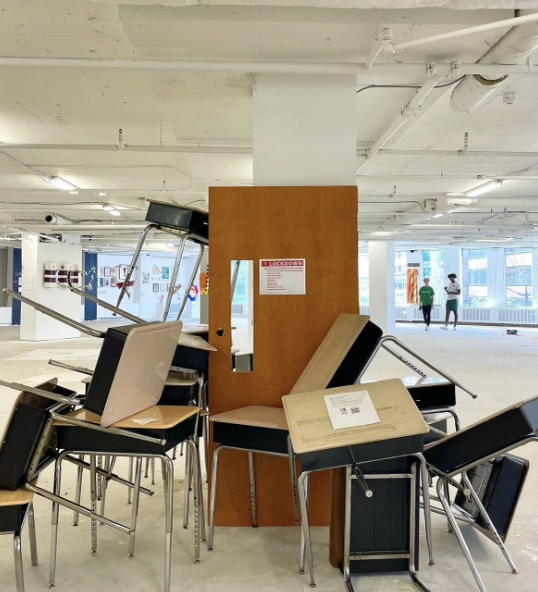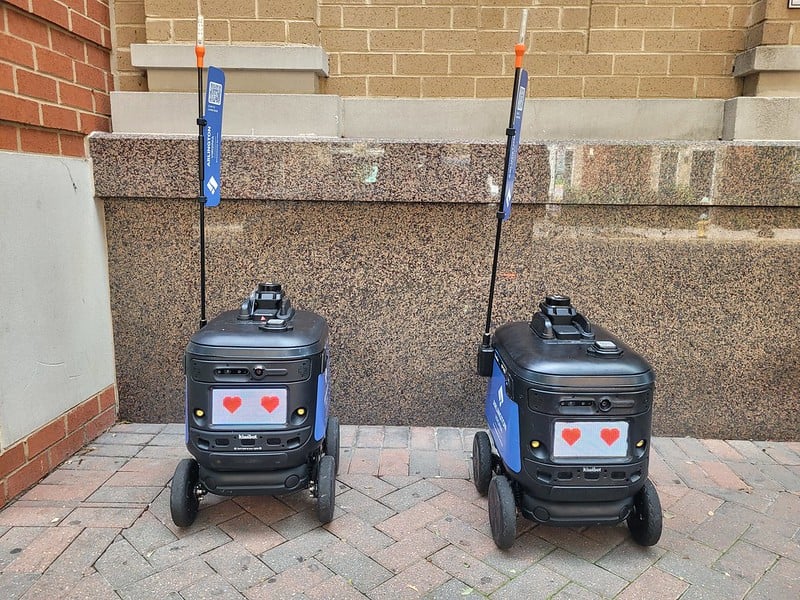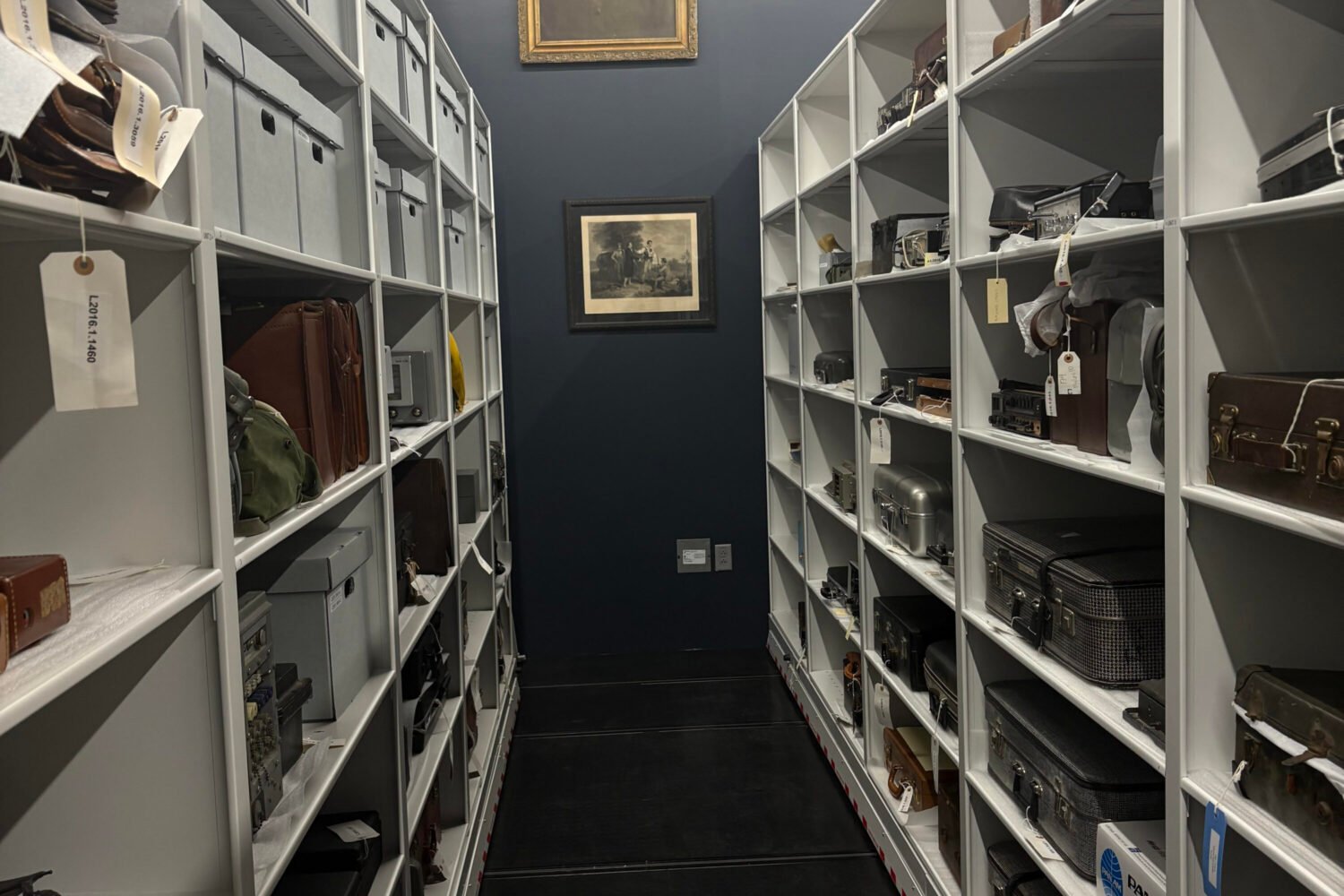The first-ever museum dedicated to DC’s local Jewish history—The Lillian and Albert Small Capital Jewish Museum—is getting ready to open its doors to the public on Friday, June 9. Admission to the museum and its core exhibits is free, though special exhibitions cost extra.
The 32,000 square foot museum (575 Third St., NW), located a block east of Judiciary Square, fuses a modern, light-filled building with a historic structure: DC’s oldest purpose-built synagogue, which has finally (hopefully) found its permanent home. The two-story brick synagogue has undergone three moves and multiple transformations throughout its 147 years, including stints as a barbershop, barbecue restaurant, and bicycle store.
Now, its first floor houses an introductory exhibit that outlines the history of Jewish life in the Capital region, from the 18th century to the present. The synagogue’s second level, which is accessible by wheelchair for the first time in its history, serves as a functional sanctuary that can be rented out for weddings and other special occasions. Additionally, during museum hours, a 360-degree video projection tells the story of Jewish Washington—one that has largely gone untold, according to the museum’s executive director Ivy Barsky.
“There is a kind of master narrative of immigration and how Jews came to New York and lived there, but that is just one story,” Barsky says. “[DC] is quite a different story.”
After spending time in the synagogue—which Barsky describes as a place of “humble grandeur”—visitors can cross an indoor atrium to the modern side of the museum, which houses its core exhibit entitled “Connect, Reflect, Act,” along with rotating special exhibitions (including the museum’s first one, “Notorious RBG”), a community action lab for special programming and workshops, and, eventually, the Nosh Pit cafe. Altogether, the museum has 24,000 digital and print photographs, 1,050 objects, and 800 linear feet of archival materials dating from the 1850s to today.
“We like to think about [the museum] as the connection from history to the present,” Barsky says. Here’s a peek inside the museum:
